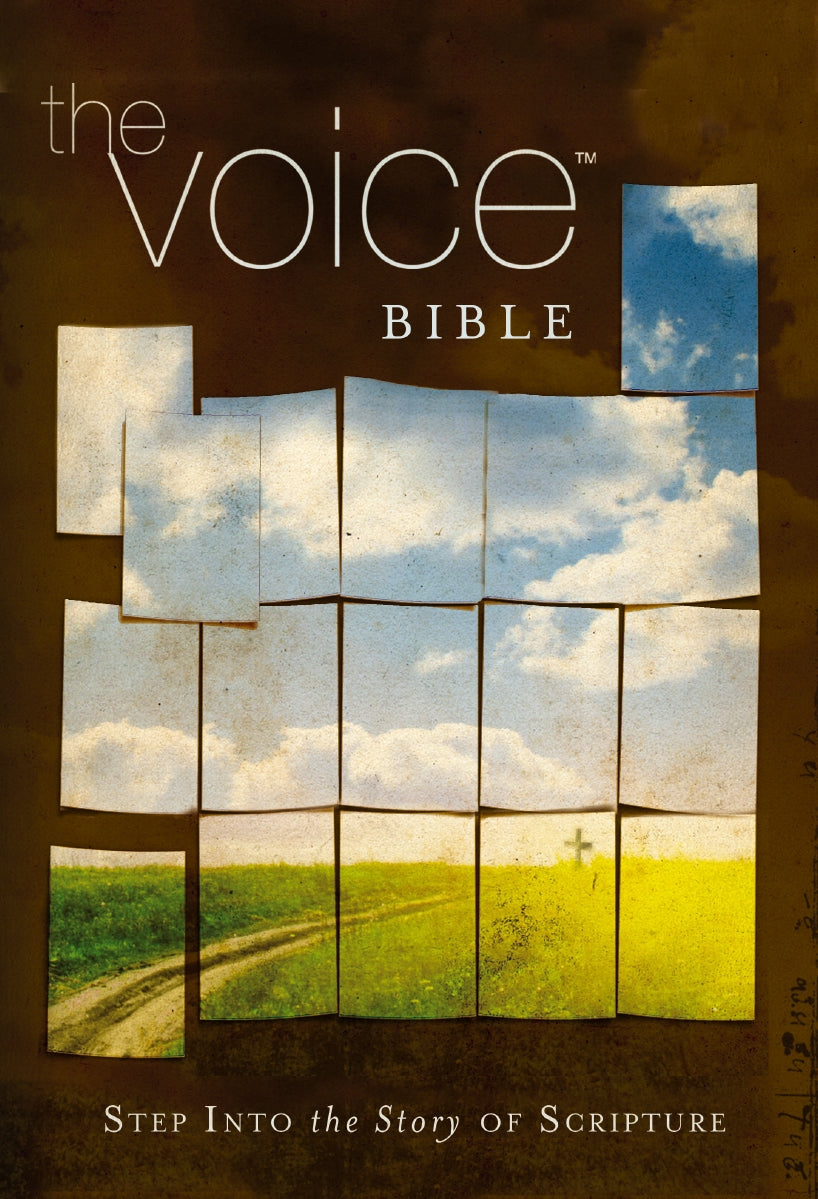Ecclesiastes 7:19-21
The Voice
After each act of creation in Genesis 1, “God saw that His new creation was beautiful and good.” When creation is nearly complete, God not only declares it “good” but is described as “savoring its beauty and appreciating its goodness” (Genesis 1:31). In the creation account recorded in Genesis 2, God places the tree of the knowledge of “good and evil” in the garden and commands the first couple not to eat of the tree. But that is precisely what they do; and in the act of eating, they gain knowledge of good and knowledge of what the absence of good brings. Adam and Eve’s children live with this dichotomy. For example, when Cain is distressed over God’s choice of Abel’s offering over his, God says to Cain, “Don’t you know that as long as you do what is right, then I accept you? But if you do not do what is right, watch out, because sin is crouching at the door, ready to pounce on you!” (Genesis 4:7). The temptation to scheme—that is, to do the “evil” rather than the “good”—begins with the first human pair; the teacher of Ecclesiastes reminds his readers that the same temptation still exists.
19 Wisdom is more powerful to a wise person than 10 rulers in a city.
20 There is not a righteous person on earth who always does good and never sins.
21 Don’t take to heart all that people say;
eventually you may hear your servant curse you.
The Voice Bible Copyright © 2012 Thomas Nelson, Inc. The Voice™ translation © 2012 Ecclesia Bible Society All rights reserved.


